How Forestry Education Can Promote Community Well-being
- February 7, 2025
- 0 comment
Forestry education involves teaching and learning about forest ecosystems, their management, and conservation. This field encompasses a wide range of disciplines, including biology, ecology, resource management, and environmental science. Programs in education aim to equip individuals with the skills necessary to manage forests sustainably, ensure biodiversity, and use forest resources efficiently.
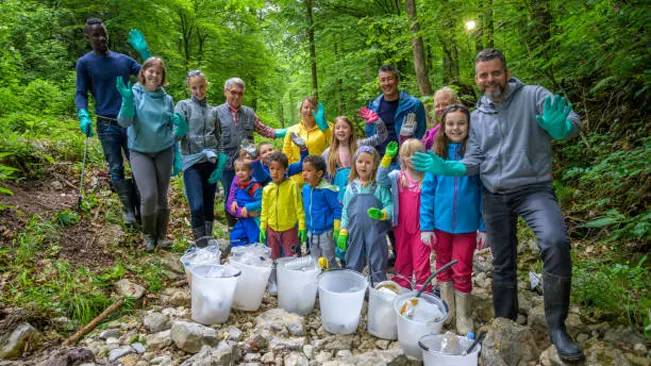
But education isn’t just about preserving trees it also plays a crucial role in shaping societies. It has the potential to foster sustainable livelihoods, contribute to food security, and promote the well-being of communities that depend on forests for their economic and social well-being.
List of Content
- The Connection Between Forestry and Community Well-being
- Economic Benefits of Forestry Education
- Job Creation and Economic Opportunities
- Supporting Sustainable Agriculture
- Social and Cultural Benefits of Forestry Education
- Challenges and Opportunities in Forestry Education
The Connection Between Forestry and Community Well-being
Forests cover approximately 31% of the world’s land area and are home to over 80% of terrestrial species of animals and plants. Many communities, particularly indigenous and rural populations, rely on forests for food, medicine, and raw materials. As such, the health of these forests directly affects the well-being of these communities.
Education in forest management equips people with the knowledge to maintain these ecosystems, ensuring they continue providing essential resources for future generations. In this way, these programs support not only environmental health but also the social and economic development of local communities.
Economic Benefits of Forestry Education

Job Creation and Economic Opportunities
Education related to forests directly promotes community welfare by generating employment opportunities. Managing forests sustainably requires various skills, from planning to conservation, planting, and harvesting. People trained in this field are well-equipped for careers that ensure the sustainable use of these vital resources.
Moreover, forestry education can open doors to a variety of industries beyond traditional forestry. These include ecotourism, wildlife management, and renewable energy. For instance, ecotourism has become a significant source of income for many communities, particularly in areas rich in biodiversity. Individuals trained in forestry can help develop and manage ecotourism initiatives, ensuring they are both profitable and sustainable.
Supporting Sustainable Agriculture
Education also plays a crucial role in promoting sustainable agriculture, which is closely linked to community well-being. Agroforestry, a land-use management system that combines trees with crops or livestock, can improve soil health, reduce erosion, and increase biodiversity. By integrating education into agricultural practices, communities can develop more sustainable farming techniques, leading to increased food security and economic stability.
Social and Cultural Benefits of Forestry Education
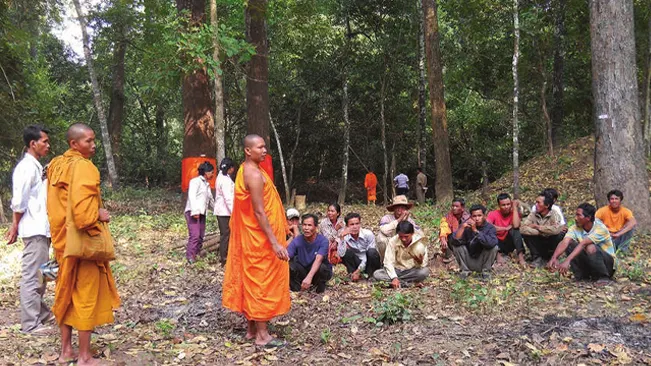
Strengthening Community Cohesion
Forests have significant cultural and spiritual importance for many communities. Forestry education programs that emphasize the cultural significance of forests can help strengthen social ties and foster a sense of identity and belonging within communities. By promoting the sustainable use of forest resources, these programs can also encourage collaboration and cooperation among community members.
Preserving Traditional Knowledge and Practices
Forestry education can also play a key role in preserving traditional knowledge and practices related to forest management. Many indigenous communities have developed sophisticated systems for managing forest resources sustainably, based on centuries of observation and experience. By incorporating this traditional knowledge into modern forestry education programs, communities can ensure that these valuable practices are preserved and passed down to future generations.
Environmental Benefits of Forestry Education
Promoting Conservation and Biodiversity
One of the primary goals of forestry education is to promote conservation and biodiversity. Forests are home to a vast array of plant and animal species, many of which are endangered or threatened by habitat loss and deforestation. By educating individuals about the importance of biodiversity and the role forests play in maintaining healthy ecosystems, forestry education can help protect these species and ensure the long-term health of forest ecosystems.
Climate Change Mitigation and Adaptation
Forestry education also plays a crucial role in addressing climate change, one of the most pressing global challenges of our time. Forests act as carbon sinks, absorbing large amounts of carbon dioxide from the atmosphere. However, deforestation and forest degradation contribute significantly to greenhouse gas emissions.
Forestry Education as a Tool for Empowerment
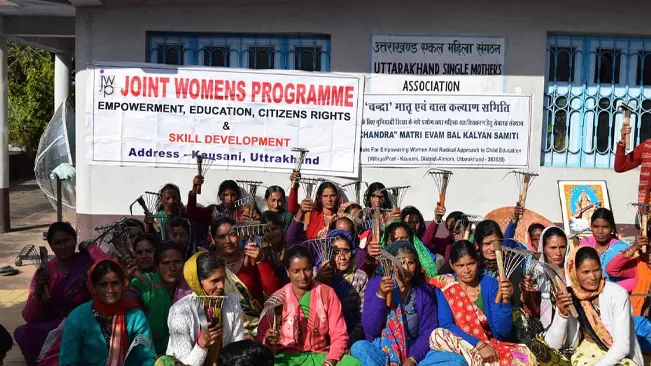
Empowering Women and Marginalized Groups
Forestry education can also serve as a powerful tool for empowering women and marginalized groups within communities. In many parts of the world, women play a crucial role in managing forest resources, particularly in rural and indigenous communities. However, they often lack access to formal education and training opportunities in forestry.
Building Leadership and Advocacy Skills
Forestry education can also help build leadership and advocacy skills within communities. By teaching individuals about the importance of forests and the role they play in promoting community well-being, forestry education can inspire individuals to take an active role in advocating for sustainable forest management and conservation policies.
Challenges and Opportunities in Forestry Education
Access to Forestry Education
While forestry education has the potential to promote community well-being in numerous ways, there are still significant barriers to access, particularly in rural and indigenous communities. Many individuals in these communities lack access to formal education and training programs, limiting their ability to participate in sustainable forest management initiatives.
To address this challenge, governments, NGOs, and educational institutions must work together to develop accessible and inclusive forestry education programs. This might include offering online courses, creating community-based training programs, or providing financial support for individuals who wish to pursue a career in forestry.
The Role of Technology in Forestry Education
Technology can also play a key role in expanding access to forestry education. For instance, remote sensing technology and geographic information systems (GIS) can be used to monitor forest health and track changes in forest cover over time. By incorporating these technologies into forestry education programs, communities can gain valuable insights into the state of their forests and develop more effective management strategies.
Conclusion: A Path to Sustainable Communities
Forestry education has the potential to transform communities by promoting environmental sustainability, economic development, and social well-being. Through its emphasis on sustainable forest management, conservation, and the preservation of traditional knowledge, forestry education can help ensure that forests continue to provide vital resources for future generations.
Moreover, by empowering individuals with the knowledge and skills needed to manage forest resources sustainably, forestry education can foster greater social cohesion, promote economic opportunities, and contribute to the overall well-being of communities.
Frequently Asked Questions (FAQ)
- What is forestry education?
Forestry education involves teaching and learning about forest ecosystems, sustainable management, conservation practices, and how to utilize forest resources responsibly. It equips individuals with the knowledge and skills necessary to protect forests while balancing environmental, economic, and social needs. - How can learning about forest management improve community well-being?
Gaining knowledge in forest management can significantly boost the welfare of communities. It creates jobs, promotes sustainable livelihoods, and fosters social cohesion by encouraging collective responsibility for natural resources. Healthier forests lead to better environmental quality, which in turn supports the overall well-being of the population. - What are the economic benefits of this field of study?
It opens doors to a variety of career paths, such as roles in conservation, wildlife management, agroforestry, and ecotourism. These opportunities generate income for individuals and communities, especially in rural areas, and ensure sustainable economic growth by supporting industries dependent on healthy forest ecosystems. - How does knowledge of forest management contribute to environmental protection?
Understanding how to care for forests leads to sustainable practices that conserve biodiversity, reduce deforestation, and maintain ecosystem balance. Those trained in this field can implement restoration projects, protect endangered species, and advocate for responsible harvesting of resources. - Can this field help address climate change?
Yes, sustainable forest practices are vital in the fight against climate change. Forests absorb carbon dioxide, acting as carbon sinks, and reducing deforestation minimizes greenhouse gas emissions. Additionally, trained individuals can help with reforestation and develop strategies to protect ecosystems from climate-related threats like wildfires and drought. - How does this knowledge preserve traditional practices?
Many indigenous and rural communities have long-standing traditions in managing forests sustainably. Training programs that integrate this traditional wisdom with modern techniques ensure that these valuable practices are preserved. This also enhances forest conservation efforts, as traditional methods often offer solutions to environmental challenges. - How does it empower marginalized groups?
Education in sustainable forest practices can empower marginalized populations, such as women and indigenous communities, by giving them the skills to manage resources responsibly. This inclusion not only improves their economic prospects but also strengthens their role in community decision-making and natural resource management. - Does training in forest management promote gender equality?
Yes, by providing women with the opportunity to participate in natural resource management, it promotes greater gender equality. It enables women to take leadership roles and become key decision-makers in forest-related industries, improving their socio-economic status and contributing to more inclusive community development. - What challenges are faced in delivering training for sustainable forest management?
The main challenges include limited access to education, especially in remote or rural areas, as well as financial barriers that prevent many from pursuing this field of study. Additionally, programs often need to become more inclusive, incorporating diverse cultural perspectives and adapting to the specific needs of local communities. - How does technology improve learning in this field?
Technology plays a critical role in expanding access to training and enhancing forest management practices. Tools like remote sensing and GIS (Geographic Information Systems) allow for better monitoring of forest health and tracking deforestation. Additionally, online courses and digital platforms make training accessible to people in remote areas, providing them with essential skills for sustainable management.

Kristine Moore
Forestry AuthorI'm Kristine Moore, a seasoned garden landscaping professional with over 30 years of experience. My extensive career has been dedicated to transforming outdoor spaces into stunning, sustainable landscapes. With a deep understanding of horticulture, design principles, and environmental stewardship, I have become a respected figure in the field, known for creating harmonious, visually appealing, and eco-friendly gardens. My commitment to excellence and continuous learning in landscaping trends and techniques has solidified my reputation as an expert in garden design and implementation.


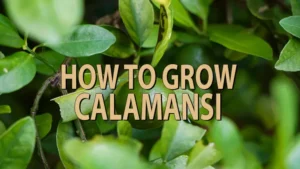

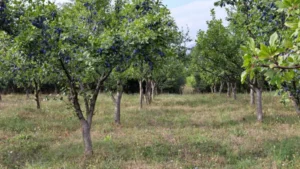








Leave your comment